When I went to work for a large wholesale perennial grower I was surprised by the diversity of material that was sold. They wanted to extend their sales season by selling not only perennials but include other related plant material such as Heather, herbs, small shrubs and in the earliest spring small bulb which you could buy in bloom at the grocer. Within the bulbs sold there were Crocus, small Daffodils, Snowdrops and Iris. The Reticulated Iris (Iris reticulata) were a brilliant blue and always sold out quickly.
Reticulated Iris are in a subgenus Hermodactyloides which include other closely related species. They are all bulbous with netted tunics(coverings), which is where the latin name ‘reticulata’ comes from meaning netted or networked. All of the species originate in western Asia ranging from Turkey south through Lebanon through into Iraq and Iran, to the east into the Caucasus and Transcaucasia and into the former USSR. They live in areas high in areas just below the snow line down into the lower mountain meadows and on to rocky hillside where the water runs off and they bake in the summer heat while they are dormant like many of famous bulbous plants of the area.
There are several color forms of Iris reticulata ranging from the almost icy white ‘Natascha’ through the light blue ‘Cantab’ into the violet ‘Lovely Liza’ and into deep purple of ‘George’ and ‘Purple Gem’. Other species are sometimes seen in collections but are harder to find at garden centers. Here in Victoria we have a thriving, large garden community as well as many people who are interested in alpine gardens, it makes it possible to see a wider range of Reticulated Iris forms.
Several species have added their coloring and petal form to new hybrids in the Reticulated Iris group. One of the more spectacular of these is Iris ‘Katherine Hodgkin’ is a cross of Iris winogradowii with its pale yellow flowers and Iris histrioides which is pale blue. Iris histrioides and histrio, both blue play important roles in new crosses that are being made, the both have similarly narrow petals and blue coloring. The markings on these species tends to be dark blue with little yellow seen if at all.
I am fortunate that every year at this time I can go to a grocer and buy a tiny pot with several Iris reticulata bulbs blooming in it, enjoy the flowers then plant them out in the garden. We are also fortunate that these plants are undemanding and give us such joy at this time of the year. the most important thing Reticulated Iris need is well-drained soil and a situation where they can dry out during their summer dormancy, this can be created by planting them on a slope or giving them extra gritty soil. Plant the bulbs 10-12 cm. (4-5 in.) deep and about 3 cm.(1 in.) apart. They grow 1-15 cm. (4-6 in.) tall. they are quite hardy and rate zones 5 -29 c.(-20 f.)through 9. With extra mulch it is likely that they can survive even colder locations.
These are small plants that usually produce 1 to 2 flowers per bulb. Mass planting is the best way to display these Reticulated Iris. They are most often seen in container plantings, alpine gardens or rock gardens. Although they are tiny in statue Reticulated Iris are good cut flowers and have an unusual, delicate violet-like fragrance. They can be grown from seed but this is a slow process as it takes about 5 years to produce a flowering bulb. If they are in a favorable place the bulbs can be divided to thin the bulbs out every 2 years. The new bulbs can be moved to other places or massed where they are. One problem we have here are slugs which eat the tender flowers, so remember this when choosing a site for these tiny gems.
Marticulate this:
The Pacific Bulb Society page on these plants: http://www.pacificbulbsociety.org/pbswiki/index.php/ReticulataIrises
A fascinating site on reticulata with its many forms and colors: http://www.reticulatas.com/
……..Looking forward to seeing you here soon……..
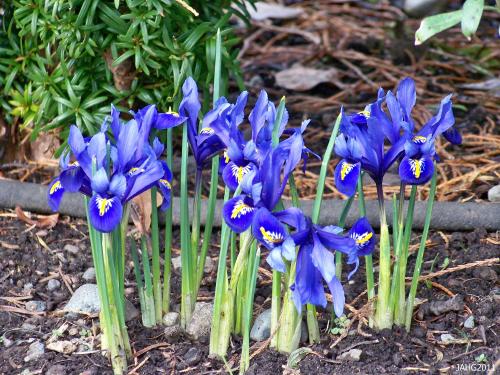
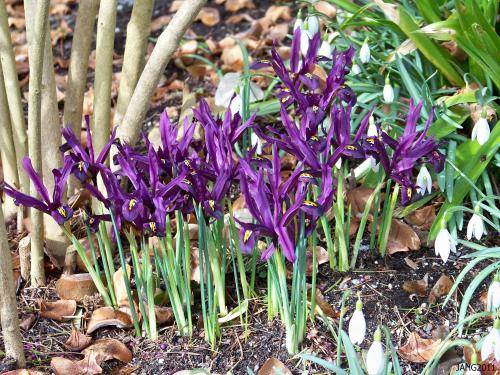
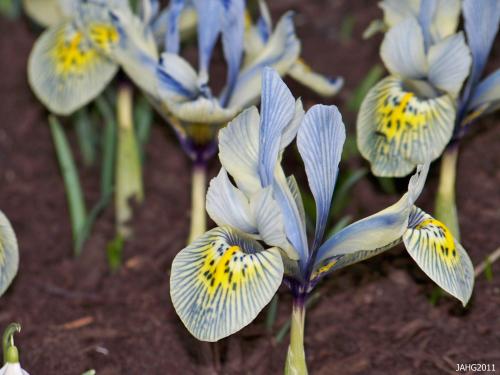
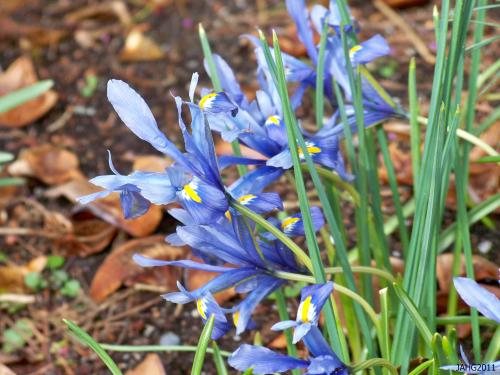

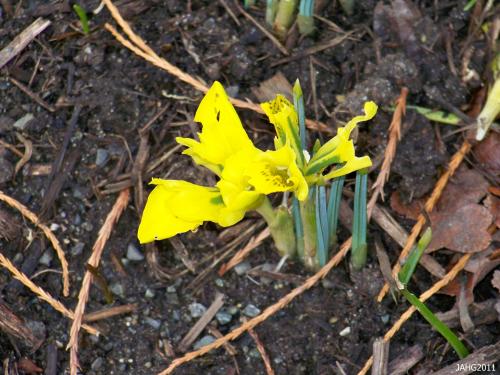







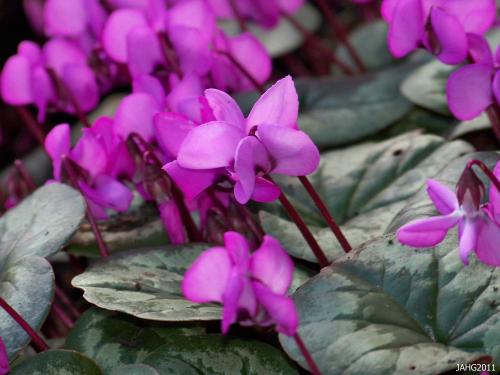


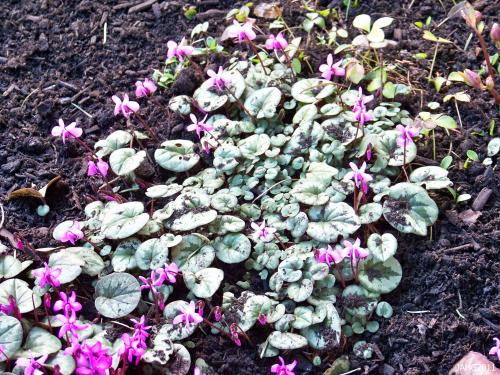












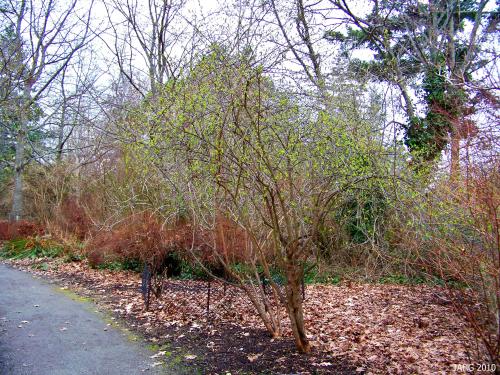



















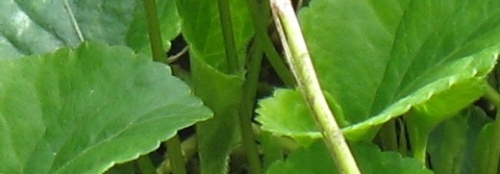
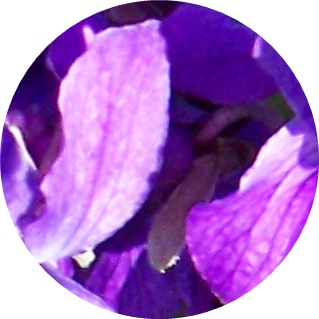
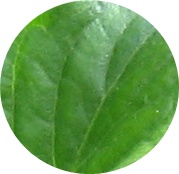







 Stumble It!
Stumble It!






